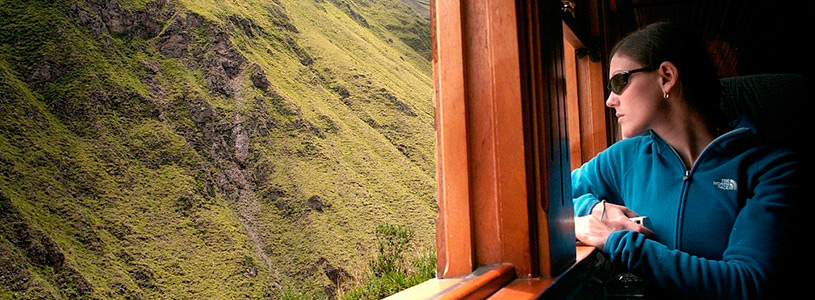
How is the weather in Ecuador during the summer?
Although the hottest time of the year has begun, it doesn’t mean that summer has arrived to Ecuador. In fact, there is no summer in this country. The weather in Ecuador is very particular. In Ecuador there are only two seasons: dry season and rainy season. Dry season starts in October until May, and the wet season runs from June to September, what we normally call summer.
The climate of Ecuador goes from very high temperatures, as it happens in the inner zone of the Coast and in the forest of the East, until very low temperatures in the snowy peaks of the Mountain range of the Andes. There are extreme temperatures and there is a great variation during the same day: it is possible to be hot in the morning, rainy in the afternoon and cold at night.
- In Quito and highlands, the temperature is more stable than in other zones of the country, with around 20 ºC during all the year. Humidity and rains ascend from May to September in this case. Pack umbrellas, layers and waterproof bags if you come during these months!
- In Amazon, precipitations are very unstable, with special peaks in June and October. The temperature is lower than in the rest of the country, but more stable, with minimums of 10 ºC and maximum of 15ºC.
How is the weather in Galapagos Islands?
In words of Charles Darwin, ‘considering that these islands are placed directly under the equator, the climate is far from being excessively hot’. In Galapagos there are small micro-climates and climate zones. This affects the types of vegetation that grows at certain altitudes. For this particular weather, the Islands have such unusual fauna too.
The warmest months in the Archipelago are from January to May. However, note that the lowest temperatures for the coolest months are not so cold, with a minimum temperature of 22ºC in September. Furthermore, remember that the peak seasons of visitors are from June to September, due to the North American and European holidays, so if you go in that dates it is important to book well in advance.
Leave a Comment